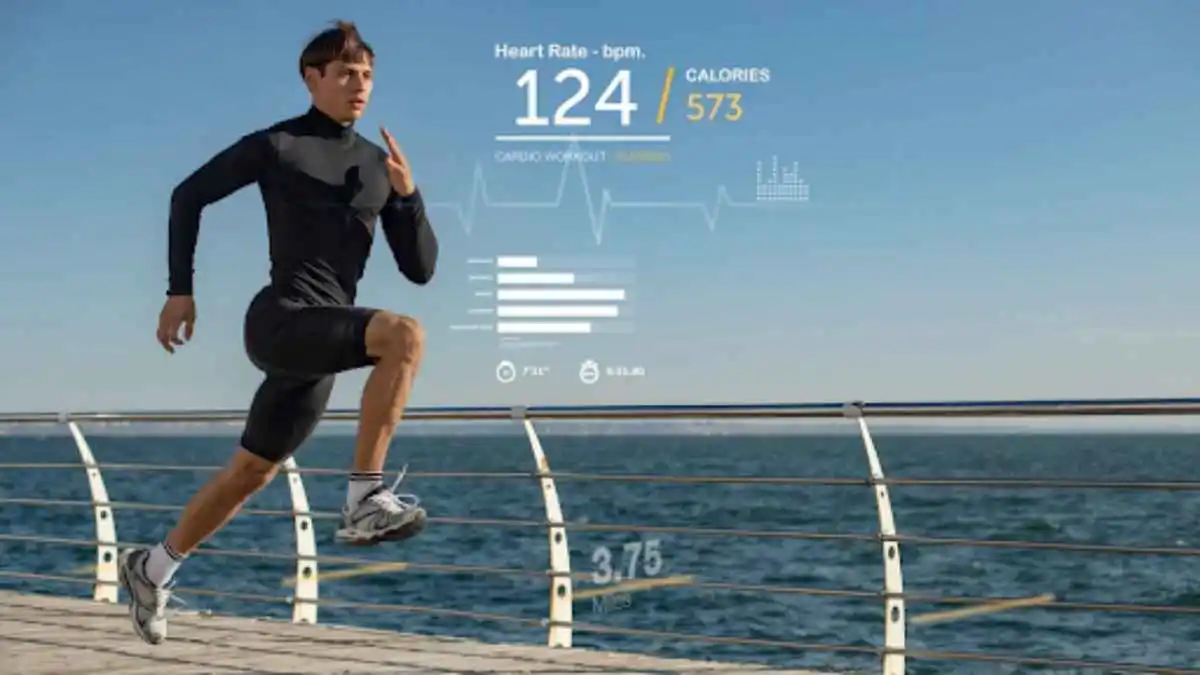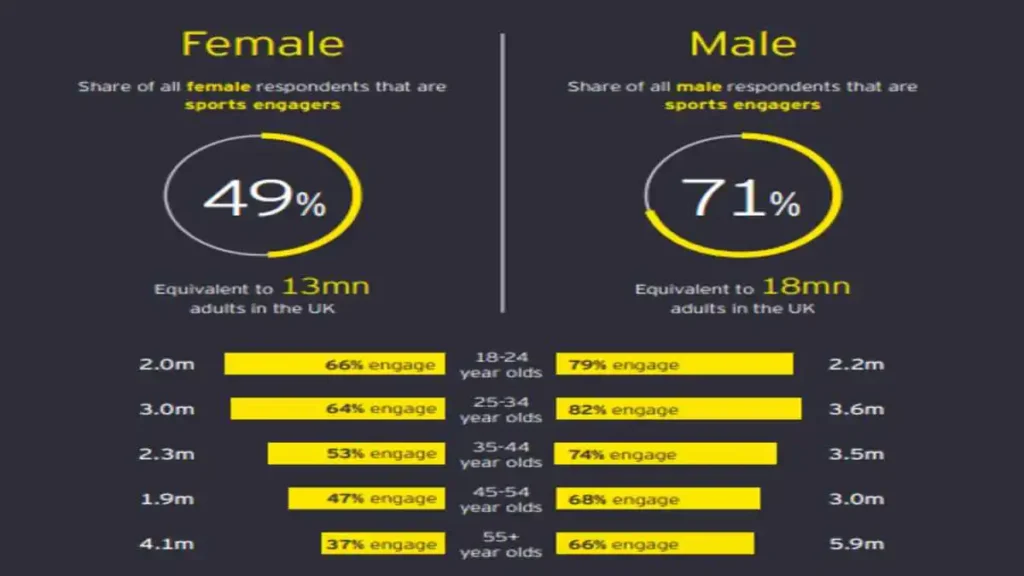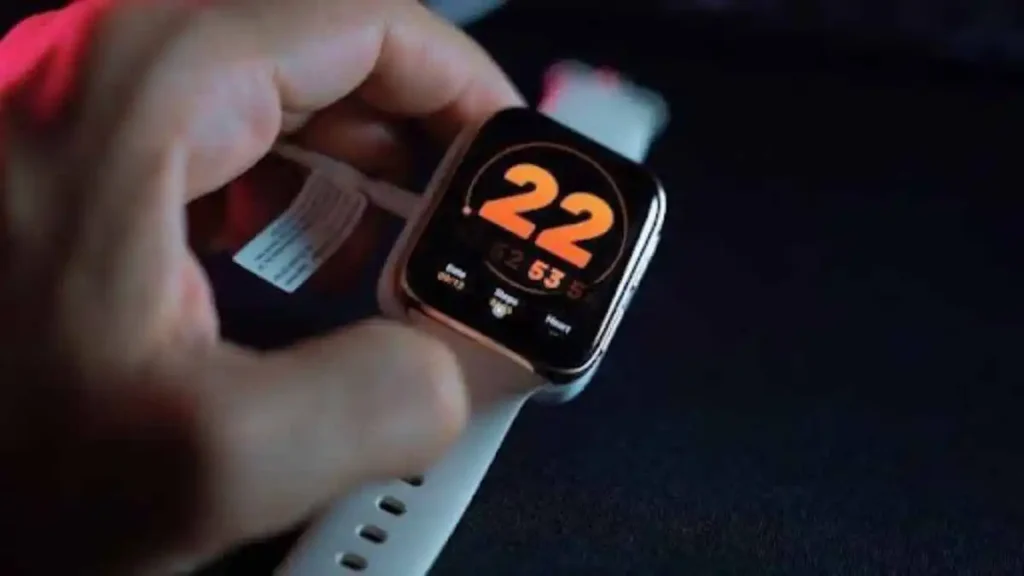HEALTH AND FITNESS
Leveraging Data Analytics in Fitness Apps for Better Results

The new generation of fitness we’re witnessing now is all about personalized training programs based on the user’s data. This data-driven approach, often called “fitness analytics,” is a win-win scenario. It benefits users by allowing them to train more efficiently and with less risk of injury. It also benefits fitness service providers, as personalization is key to customer engagement and loyalty.
Do you also want to increase user satisfaction? Or do you dream of becoming the #1 fitness app? If so, let’s learn how to leverage data analytics to drive better results for all involved.
Table of Contents
Fitness apps market: A brief overview
Before we discuss the role of data analytics in fitness apps, let’s say a few words about the market. It is on the rise, just like the fitness app development industry, offering the latest tools for a healthy lifestyle.
Judge for yourself:
- The fitness app market is projected to reach $10.06 billion by 2029.
- Fitness app usage is expected to grow from 11.63% in 2024 to 13.21% in 2029.
- There is a high demand in society to maintain physical strength and improve mental health and well-being through physical exercise.
- Nearly half of women in the UK exercise. This is good news as it shows a growing trend among people to prioritize their well-being, not only physically but also mentally. Meanwhile, research into the benefits of physical activity for mental health is gaining momentum these days, as evidenced by recent scientific papers in this area.
Not a bad place to start, right?
The main reasons for the growing demand for fitness apps are pretty obvious. Among them:
- Seamless communication between the user and a nutritionist or trainer.
- No need to leave the house to work out.
- Apps are becoming easy to use, expanding the user base.
- A high-quality Internet connection that does not interfere with the use of the application.
- Implementation of advanced technologies that provide an engaging user experience.
The growth of the fitness app market is truly being driven by the latest technologies, and as a result, we are getting AI fitness apps that achieve new and impressive results. You need to know that AI is actually increasing the intensity of work during training, as exercises with it become smarter, as well as fitness apps themselves.
As for fitness app ideas, it’s worth looking at the trends for the coming years. They include fitness trackers and digital fitness. These predictions underscore the growing role of technology in the fitness industry.
It’s time to get on board and make the most of data analytics in fitness apps.


What data is needed?
Since data analysis relies on certain data, we need to figure out what kind of data we’re talking about.
- Heart rate or pulse. This important data is needed so that users can adapt exercise programs to their current fitness level and avoid overexertion, which can often be bad for their health.
- VO2 Max. This metric is about the maximum amount of oxygen you can consume during exercise. VO2 max covers the work of the heart, circulatory system, muscles, and lungs – both together and separately. By knowing VO2 max, the user can avoid doing too much aerobic exercise.
- Time spent exercising and fatigue. Fitness programs analyze the goals achieved during a workout, the duration of the workout, the number of calories burned, and the level of exertion. Based on this fitness analytics, they can recommend an appropriate recovery time or workout plan for the next few days.
- Distance walked or cycled per day. You can also set a goal for your step count. All this data tells the smart fitness app how tired the user is by comparing distance to age, weight, stress level, and other health details.
- Sleep data. As you may know, how you sleep greatly affects how you live your life, including how much and how often you exercise. When a fitness app accesses sleep information, the system can adjust training recommendations to avoid overtraining or, conversely, suggest a recovery or more intense workout.


How data analytics can improve training with fitness apps
Now that we have an idea of the data collected, get ready to learn five proven ways to use it.
Providing real-time health information
Today, wearable fitness trackers and smartwatches are commonplace. If you’re a runner, for example, you probably have a smartwatch with advanced sensor technology that monitors your health in the here and now. You can track your pace, heart rate, distance, and more. All of this helps you instantly adjust your workout based on clear indicators. For example, if you are running at a high heart rate, you can reduce the intensity of your run if you know it. And vice versa, if there’s room to speed up, why not make the most of your current run?
Preventing injuries during workouts
Using fitness apps is a real game changer for injury prevention. Fitness apps can track your movements during body mobility exercises and warn you if you’re doing something wrong. This alert can help prevent injuries. When it comes to fitness analytics, the user’s health status, training history, and medical history are taken into account. All of this is used to predict the susceptibility to certain injuries and further guidance on exercise techniques.
Developing customized training plans based on personal data
Ongoing research into the health benefits of exercise shows that a one-size-fits-all approach to training does not work. Instead, we should focus on personalized training programs. How is this possible? Fitness apps and trackers help consolidate disparate user data and generate the most appropriate types of exercises and training programs. They cover not only health indicators such as heart rate, sleep, weight, stress levels, etc. but also general exercise preferences and even medical records. This approach makes training more targeted and therefore more effective. Instead of a full-body workout, which can be less effective, the user can get a high-intensity leg workout program for independent training in the gym. All of this contributes not only to improved workout quality and time savings but also to greater autonomy, which is what users are looking for.


Progress tracking and social sharing
Progress is one of the reasons to keep exercising. That is why fitness apps are equipped with features to set goals and track progress over any period. Gamification helps drive interest in tracking progress and the desire for new achievements. For example, every time a user runs a longer distance or posts a better time, the system marks the achievement with a badge or other virtual reward. What makes it even easier to achieve fitness goals in a disciplined way is the public sharing of training statistics. Today, sharing your results on fitness apps is the norm, especially in the running culture. No matter how long ago running was invented, today it has a new lease on life, supported by a vibrant running community. Running-specific fitness apps allow runners to feel like athletes who are not just training, but competing with the best. This adds meaning and motivation and is something that will continue to drive the evolution of fitness apps.
Delivering healthy nutrition programs
Nutrition is key. Anyone serious about their athletic performance combines training programs with their diet. Recent nutrition research has given the green light to combining exercise with a nutrition plan. Meal plans are based on the user’s eating habits, tracked by fitness trackers and apps designed to collect such data. As a result, users can learn about their nutritional deficiencies, which translates into unique nutritional programs designed to fill those gaps and thus help athletes healthily achieve their fitness goals.
Conclusion
Data analytics is a game changer. In the crowded fitness app market, the winner is the one who uses data to attract and retain users. Using data analytics, fitness app developers can optimize the user experience based on behavior, preferences, health indicators, and more. The result? There are many. These include personalized training programs, individualized nutrition programs, a focus on health factors, injury prevention, and many other user benefits.
The fitness industry is booming, and data analytics is part of the story. With data analytics in fitness apps, you can join the revolution and give people what they want: better workout results in a healthy way.
-



 GENERAL1 month ago
GENERAL1 month agoUncovering the World of кинокрадко: The Dark Side of Film Piracy
-



 GENERAL4 days ago
GENERAL4 days agoUnveiling the Art of преводсч: How Translators Bridge Language Barriers
-



 GENERAL1 month ago
GENERAL1 month agoThe Journey of iamnobody89757: From Anonymous User to Internet Sensation
-



 YOGA8 months ago
YOGA8 months ago4 Person Yoga Poses for Beginners


















